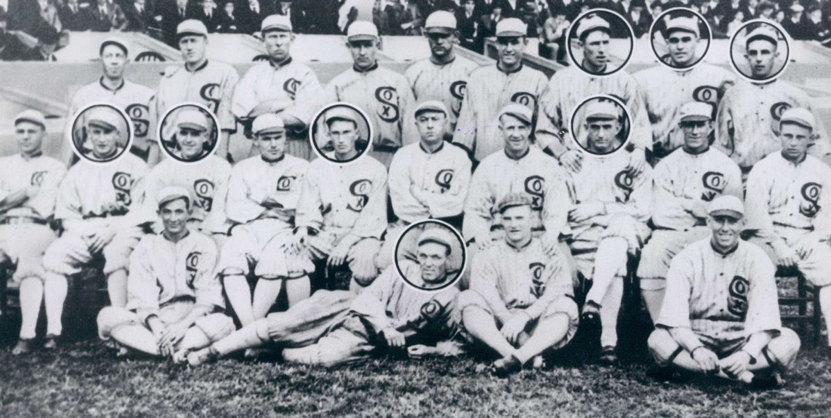English As We Know It: A Walk Through the Pages Of Time
/The great Irish poet and playwright Oscar Wilde once said, “If one cannot enjoy reading a book over and over again, there is no use in reading it at all.”
Recreated Gutenberg press (photo taken at the International Printing Museum, Carson, California)
In the early 1400s, all books were written by hand. But then, around 1440, in Germany, blacksmith, goldsmith, inventor, and printer Johannes Gutenberg created the printing press. This invention revolutionized printing.
Thanks to this contraption, the rise of printing helped spread various classical works. There were at least 500,000 books available around this time. Until then, the Bible was written only in Latin, but the printing press made possible the creation of the Bible in other languages.
In today’s society, anyone can be a writer. After Wattpad was created in 2006, it became a place where anonymous users could post stories from genres like classics, general fiction, historical fiction, non-fiction, poetry, fan-fiction, spiritual, humor and teen fiction.
Two other popular websites that are well-known are Submittable and Tumblr. Submittable, formerly known as Submishmash, was created in 2010. This website allows people to post their stories and sometimes get money for those works, whereas Tumblr, which was created in 2007, allows people to post for free.
Who knows what literature will look like 20 years from now?
In 20 years, everything could be digital. Nowadays, with the invention of audio and e-books, readers can listen or skim through the pages of their favorite novel at merely one touch of a button. But here is the thing: by having everything online now, it is starting to take away many valuable jobs that provide useful skills. For example, if all books go online, that could remove the idea of librarians. Librarians learn the skill of organizing and time management while gaining extensive knowledge of the library's resources and books, which helps them with memory. This is just one job of many that may be taken away if all books go online.
I, for one, prefer actual hard copies of books rather than the digital ones. For me, part of the thrill of reading is getting to inhale the aroma of the old paper, and feel the pages under my fingertips. I find it harder to get lost in a story when I’m staring at a screen. But as soon as I open a novel, I feel as though I can step inside that world. I’m not saying that stories online aren’t great. I’m just stating that for me, personally, I don’t feel as connected when reading them that way. There is nothing wrong with people who choose to get their name out that way. I truly do respect them; I just have a preference.
In conclusion, it is my personal opinion that paper copies of books just do not measure up to those of the online type. I, for one, hope that the era of printed books does not end anytime soon.
There’s just something about snuggling up in bed with a fuzzy blanket, cozy socks, a warm cup of tea and a good book that speaks to me. It’s a feeling that I can’t quite put into words. Sure, nowadays, you can recreate that same image with a Kindle, but you're taking away one of the most fundamental elements, which is the book in your hands.
Now, if you’ll excuse me, I’m going to take a look through my library and find myself a good book.
Links
https://goodereader.com/blog/e-book-news/has-literature-evolved-in-the-last-decade-yes-and-heres-why
https://www.quora.com/How-has-English-language-and-literature-changed-over-time
http://www.electricka.com/etaf/muses/literature/literature_popups/how_literature_has_changed.htm
https://www.enotes.com/homework-help/how-has-literature-adapted-itself-20th-21st-317513
https://www.thoughtco.com/johannes-gutenberg-and-the-printing-press-1991865
https://www.eng-literature.com/2016/07/know-different-ages-history-english-literature.html
https://usedpresses.org/what-impact-has-the-invention-of-the-printing-press-on-the-literature/
Carissa Fortin
She is a massive Harry Potter Nerd. She loves mac and cheese. She would love to travel the world someday as a career. Her favorite place to be is in her library.

























































